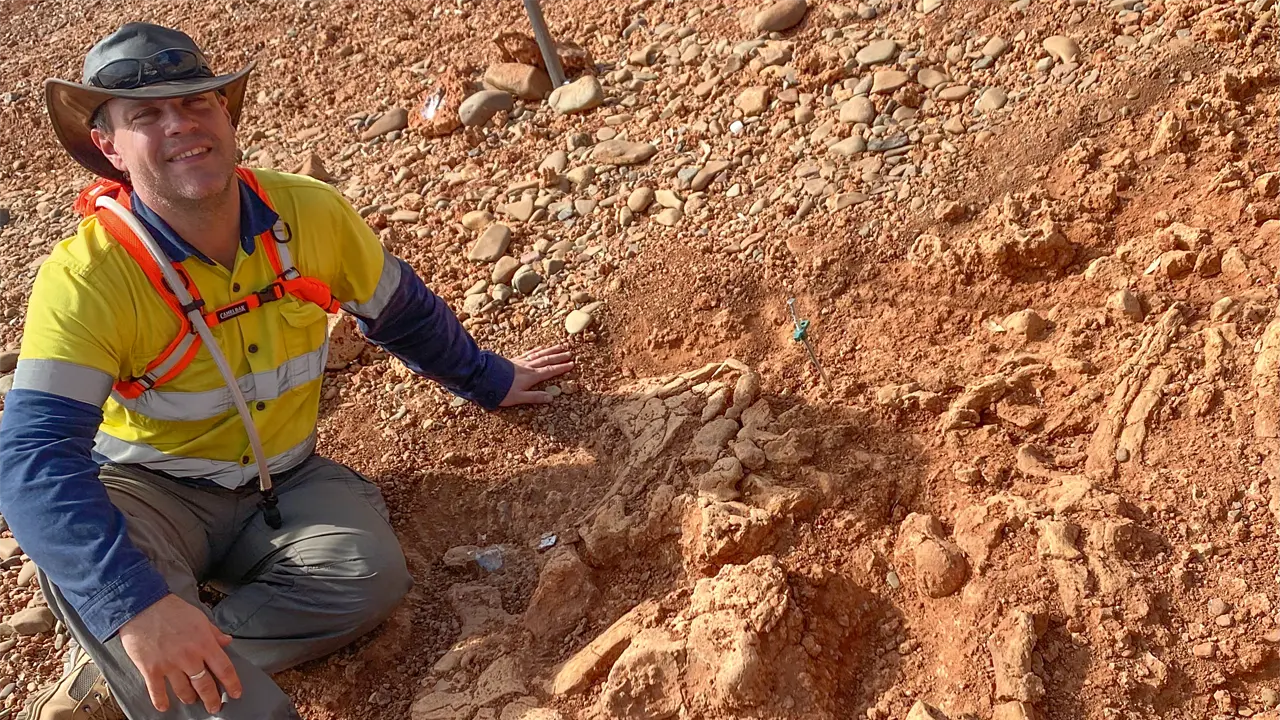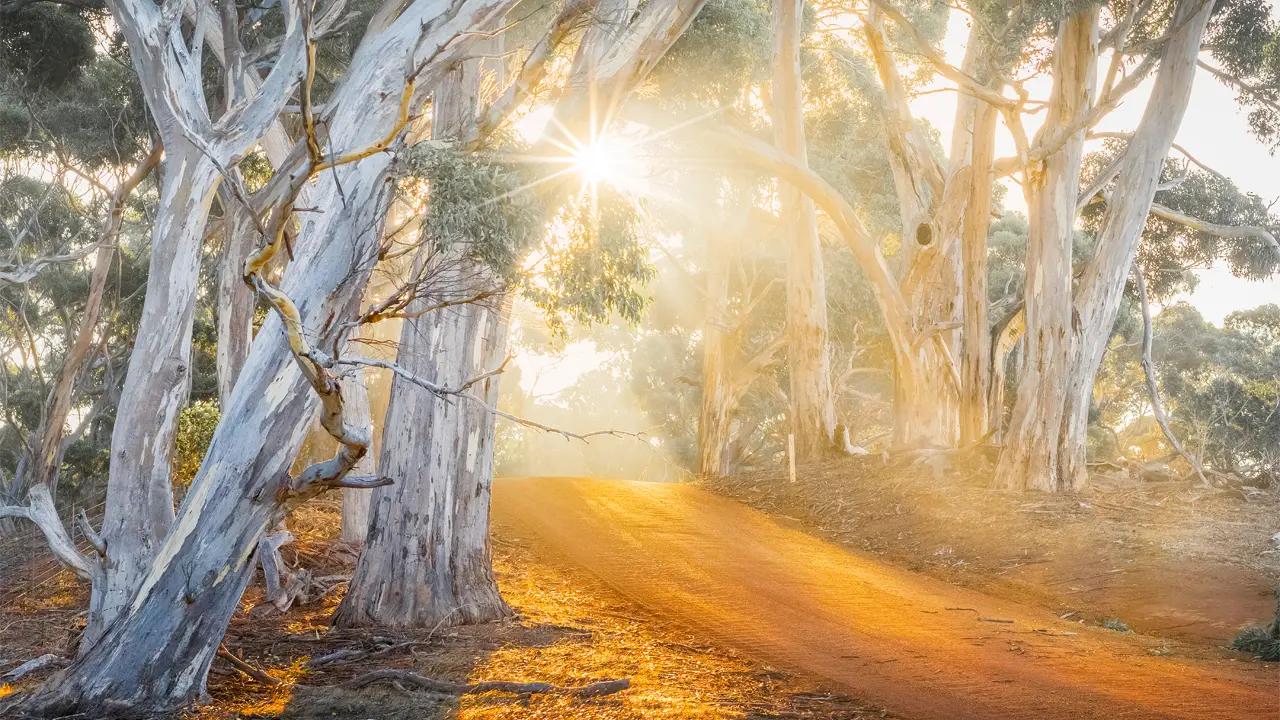Australia has thousands of mostly volunteer-run museums that showcase our shared history – from small collections of historical objects to multi-million-dollar institutions that make bold statements about who we are.
Story Genevieve Barlow Photo Debbie Scott
You’re travelling. You hit the speed limit on the edge of town. You slow. It’s quiet. You pass a yard filled with ploughs, harvesters, tractors – machines from another time, or a building that looks old. Or maybe it’s new and big. There’s a sign on it with opening hours and maybe a contact number.
Inside, a vast cache of objects, photographs, things whose purpose eludes you awaits, each promising a story from another time or another place. These are the museums and historical societies of Australia, beckoning us to learn about who we are, where we came from and how we got here. From science to schools, and from saints, spy cameras, planes, trains, trams, toys, war, democracy, domesticity and fashion, to art, hand tools and local history, the topics and people they honour are many.
No-one knows exactly how many museums exist in Australia. No such data is aggregated nationally. The national association for the museums and galleries sector, Museums Australia, estimates 2500 displayed collections. This takes in art galleries, but not RSLs or private collections. Museums Australia (Victoria) estimates Victoria, alone, has 1000 collecting organisations. Suffice to say that given just about every small town, regional place or city has at least one museum, either private or public, the number is likely to be higher.
This story excerpt is from Issue #121
Outback Magazine: October/November 2018










